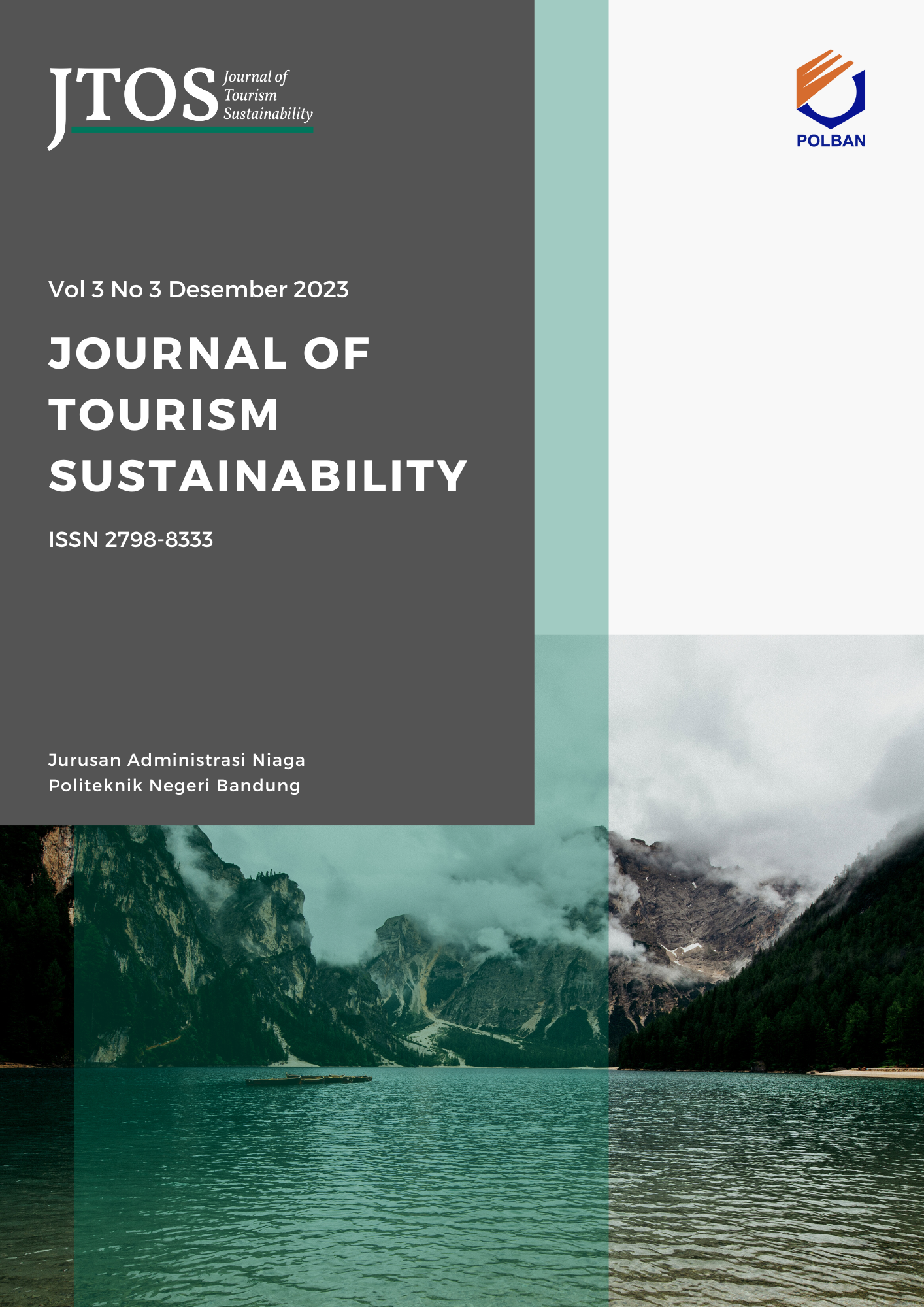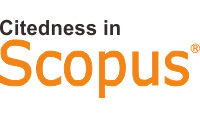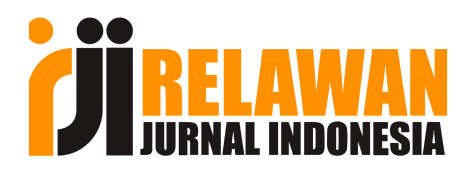Accessible Heritage Tourism Through Universal Design: A Case Study of Peneleh, Surabaya
DOI:
https://doi.org/10.35313/jtospolban.v5i4.166Keywords:
Accessibility, Universal Design, Peneleh, Heritage TourismAbstract
Peneleh Village, the oldest settlement in Surabaya, is a heritage area rich in historical and architectural value, offering considerable potential as a cultural tourism destination in East Java. Within the scope of sustainable tourism development, accessibility is a crucial element for ensuring inclusivity, comfort, and equal opportunities for all visitors. This study investigates the current state of accessibility in Surabaya's Old Town through universal design, prioritizing usability, safety, and clarity in public spaces without discrimination. A qualitative descriptive method was adopted, incorporating field observations, in-depth interviews with local stakeholders and tourists, and a review of heritage planning documents and regulatory frameworks. Findings indicate that many infrastructure elements in Peneleh Village do not comply with universal design standards. Out of 35 assessed indicators, only 22.86% were fully implemented, 11.43% were partially implemented, and 65.71% were not implemented—highlighting a significant gap in accessibility provision. Key issues include uneven pedestrian pathways, inadequate visual signage, and a lack of inclusive public facilities. The study presents strategic recommendations to enhance accessibility and reposition Peneleh as a user-centered and inclusive heritage destination. Improving accessibility through universal design enriches visitor experience and contributes to more sustainable and equitable cultural tourism.
References
Bitušíková, A. (2021). Cultural heritage as a means of heritage tourism development. Muzeologia a Kulturne Dedicstvo, 9(1), 81–95. https://doi.org/10.46284/mkd.2021.9.1.5
Brooks, C., Waterton, E., Saul, H., & Renzaho, A. (2023). Exploring the relationships between heritage tourism, sustainable community development, and host communities' health and wellbeing: A systematic review. In PLoS ONE (Vol. 18, Issue 3 March). https://doi.org/10.1371/journal.pone.0282319
Furidha, B. W. (2024). Comprehension Of The Descriptive Qualitative Research Method: A Critical Assessment Of The Literature. Journal of Multidisciplinary Research, 1–8. https://doi.org/10.56943/jmr.v2i4.443
Goldsmith, S. (2007). Universal Design. Routledge. https://doi.org/10.4324/9780080520209
Irish, J. E. N. (2020). Increasing participation: Using the principles of universal design to create accessible conferences. Journal of Convention & Event Tourism, 21(4), 308–330. https://doi.org/10.1080/15470148.2020.1814469
Leylita Novita Rossadi, & Endang Widayati. (2024). Pengaruh Aksesibilitas, Amenitas, Dan Atraksi Wisata Terhadap Minat Kunjungan Wisatawan Ke Wahana Air Balong Waterpark Bantul Daerah Istimewa Yogyakarta. Journal of Tourism and Economic, 1(2), 109–116. https://doi.org/10.36594/jtec/cwkvga87
Lisa Goodson, J. P. (2004). Qualitative Research in Tourism (L. Goodson & J. Phillimore (eds.); 1st ed.). Routledge. https://doi.org/10.4324/9780203642986
Mackiewicz, J. (2018). Writing center talk over time: A mixed-method study. In Writing Center Talk over Time: A Mixed-Method Study. https://doi.org/10.4324/9780429469237
Mahayani, N. K. I., Prabandari, N. R., & Wiguna, M. M. S. (2022). Rearrangement Heritage Peneleh Region. Architectural Research Journal (ARJ), 2(1), 1–9. https://doi.org/10.22225/arj.2.1.2022.1-9
Müller, L. (2023). Who Are We Building for? Tracing Universal Design in Urban Development. https://doi.org/10.3233/SHTI230392
Murtikasari, R. A., & Tukiman, T. (2021). Development of Tourism Village Through Cbt Approach in Kayutangan Heritage Village, Malang City. Dia, 19(1), 314–327. https://doi.org/10.30996/dia.v19i1.5202
Najma, A., Wahyu, R., Putri, P., Elviana, E., & Peneleh, K. (2025). Upaya Mempertahankan Bangunan Heritage di Kawasan Kampung Peneleh Kota Surabaya Sebagai Identitas Kawasan Efforts to Maintain Heritage Buildings in The Kampung Peneleh Area , Surabaya City as a Regional Identity Kota Surabaya adalah salah satu kota di Ind. JAUR ( Journal of Architecture and Urbanism Research ), 9(1), 368–375. https://doi.org/10.31289/jaur.v9i1.14753
Nurany, F., Fitriawardhani, T., Fasya, D. I., Wahyuni, D., & Damianty, O. L. (2023). Eksplorasi Potensi Wisata Heritage Kampung Peneleh Sebagai Daya Tarik Wisata. Prosiding Seminar Nasional & Call for Paper “Penguatan Kapasitas Sumber Daya Manusia Menuju Indonesia Emas 2024,” 9(1), 136–147.
Poerwanti, S. D., & Utama, Y. H. C. (2021). Aksesibilitas Layanan Fisik Bagi Penyandang Disabilitas di Perpustakaan Umum Daerah Kabupaten Jember. Tibanndaru: Jurnal Ilmu Perpustakaan Dan Informasi, 5(2), 249-.
Prathama, D. W. A., & Idajati, H. (2024). Identification of Place Identity Characteristics in Walking Tour of Peneleh Heritage Kampong, Surabaya City, Indonesia. Media Konservasi, 29(3), 497. https://doi.org/10.29244/medkon.29.3.497
Putrawan1, P. E., & Ardana2, dan D. M. J. (2019). Peran Kelompok Sadar Wisata (Pokdarwis) Dalam Pengembangan Pariwisata Di Desa Munduk Kecamatan Banjar Kabupaten Buleleng. Locus Majalah Ilmiah FISIP, 11(2), 40–54. https://ejournal.unipas.ac.id/index.php/LOCUS/article/view/279/276
Rachmawati, I., Ardhanariswari, K. A., & Hendariningrum, R. (2024). Cultural Heritage in Sustainable Tourism. Journal of Social and Political Sciences, 7(4). https://doi.org/10.31014/aior.1991.07.04.525
Raju, S. S., Pooja, & Rana, N. (2020). Role of English literature in Travel, Tourism and Hospitality Industry. Dogo Rangsang Research Journal , 10(7), 27–34. https://www.researchgate.net/publication/344199698
UNWTO. (2013). Recommendations on Accessible Tourism. In Recommendations on Accessible Tourism. World Tourism Organization (UNWTO). https://doi.org/10.18111/9789284415984
Downloads
Published
Issue
Section
License
Copyright (c) 2025 Fitri Fadhilah Sumiarsa

This work is licensed under a Creative Commons Attribution-NonCommercial-ShareAlike 4.0 International License.



.png)

















